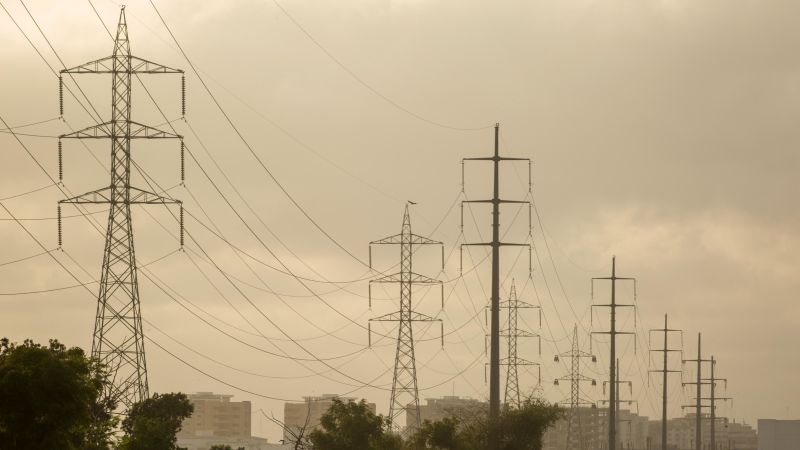Powering Pakistan

The Rise of Solar Power in Pakistan and the Energy Crisis
In recent years, the shift towards solar power in Pakistan has become increasingly evident. Every day, new industries are embracing this renewable energy source, signaling a significant transformation in the country’s energy landscape. This trend is not just a sign of environmental awareness but also a response to the growing challenges faced by the national electricity grid.
Currently, Pakistan's electricity production capacity exceeds 45,000 MW, yet the demand remains at around 20,000 MW, and this number is steadily decreasing. This imbalance presents a critical juncture for the government, as it must decide how to address the mounting pressures on the energy sector.
The current model of electricity distribution is proving unsustainable. If the government continues with its present approach, it risks plunging into a financial crisis and facing backlash from investors. However, there is an alternative path—one that involves strategic planning and comprehensive reforms. The key to navigating this challenge lies in addressing the rising cost of electricity, which is a major factor driving the adoption of solar power.
Electricity prices have surged dramatically, increasing from Rs. 16 per unit to Rs. 40. However, consumers end up paying as much as Rs. 78 per unit due to a combination of heavy taxation and additional charges. This situation is not only economically burdensome for households and businesses but also discourages the use of electricity, further reducing demand from the national grid.
To reverse this trend, the government must consider removing these taxes and charges. Doing so would significantly lower the cost of electricity for consumers, making it more affordable and accessible. This reduction in price could stimulate increased usage in both domestic and industrial sectors. Moreover, it could attract manufacturers of electric vehicles and equipment to set up operations in Pakistan.
The potential benefits of such a move extend beyond just the energy sector. By creating a favorable environment for electric vehicle and equipment manufacturing, Pakistan could position itself as a key export hub to Central Asia. This development could open up new markets and boost economic growth, providing a much-needed stimulus to the country's economy.
In addition to these measures, the government should explore partnerships with international players to enhance its manufacturing capabilities. Collaborating with countries like China to establish automated manufacturing facilities could be a game-changer. These facilities would not only meet the growing demand for electricity but also contribute to long-term economic growth and stability.
The urgency of the situation cannot be overstated. The government must act swiftly to implement these reforms and create a sustainable energy future for Pakistan. Failure to do so could result in continued decline in grid demand, leading to a deeper financial crisis and loss of investor confidence.
By taking proactive steps, Pakistan can transform its energy sector and secure a more stable and prosperous future. The shift to solar power is not just a trend—it is a necessary evolution that requires thoughtful planning and decisive action. The time to act is now, and the path forward is clear.

Comments
Post a Comment